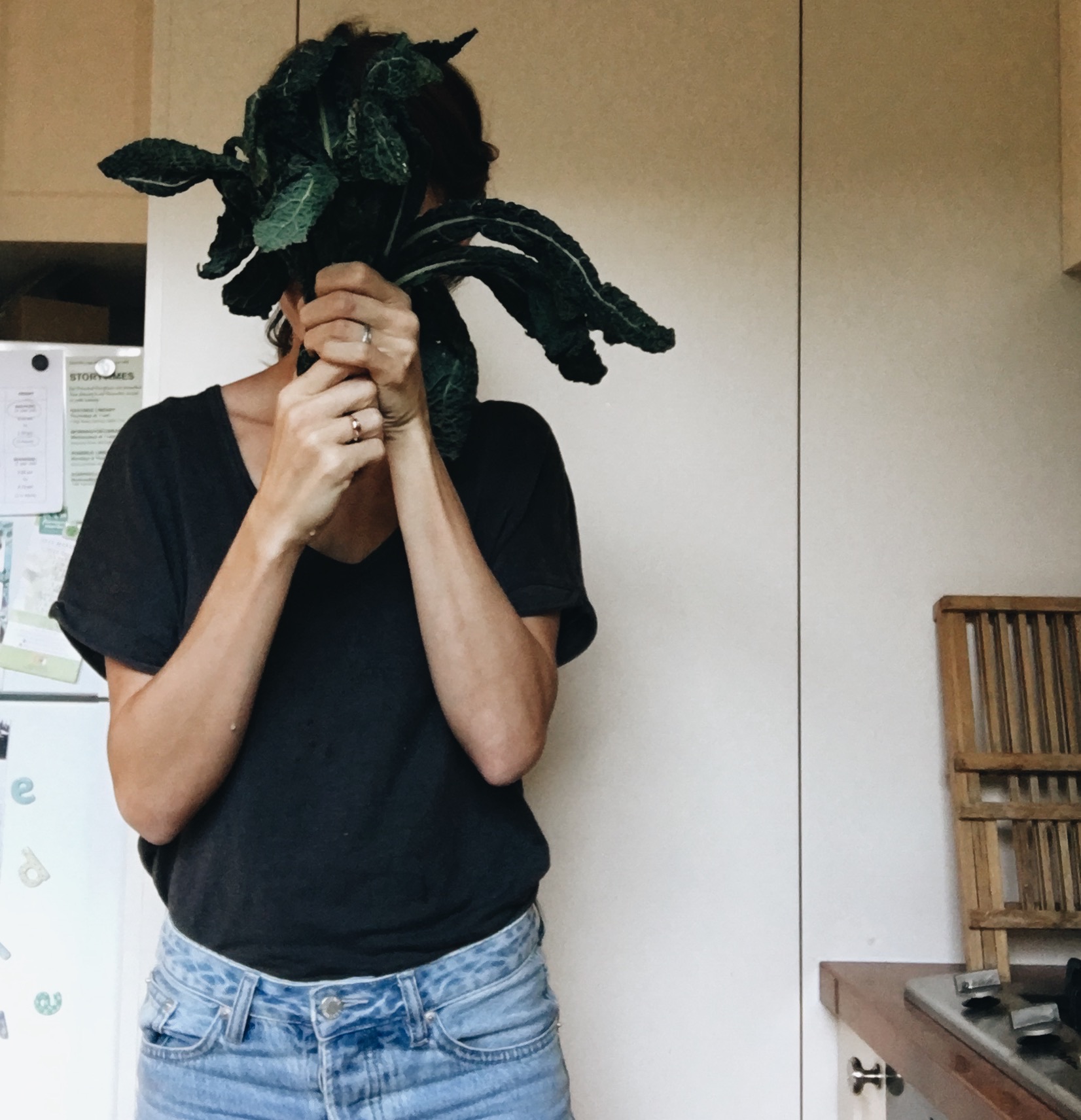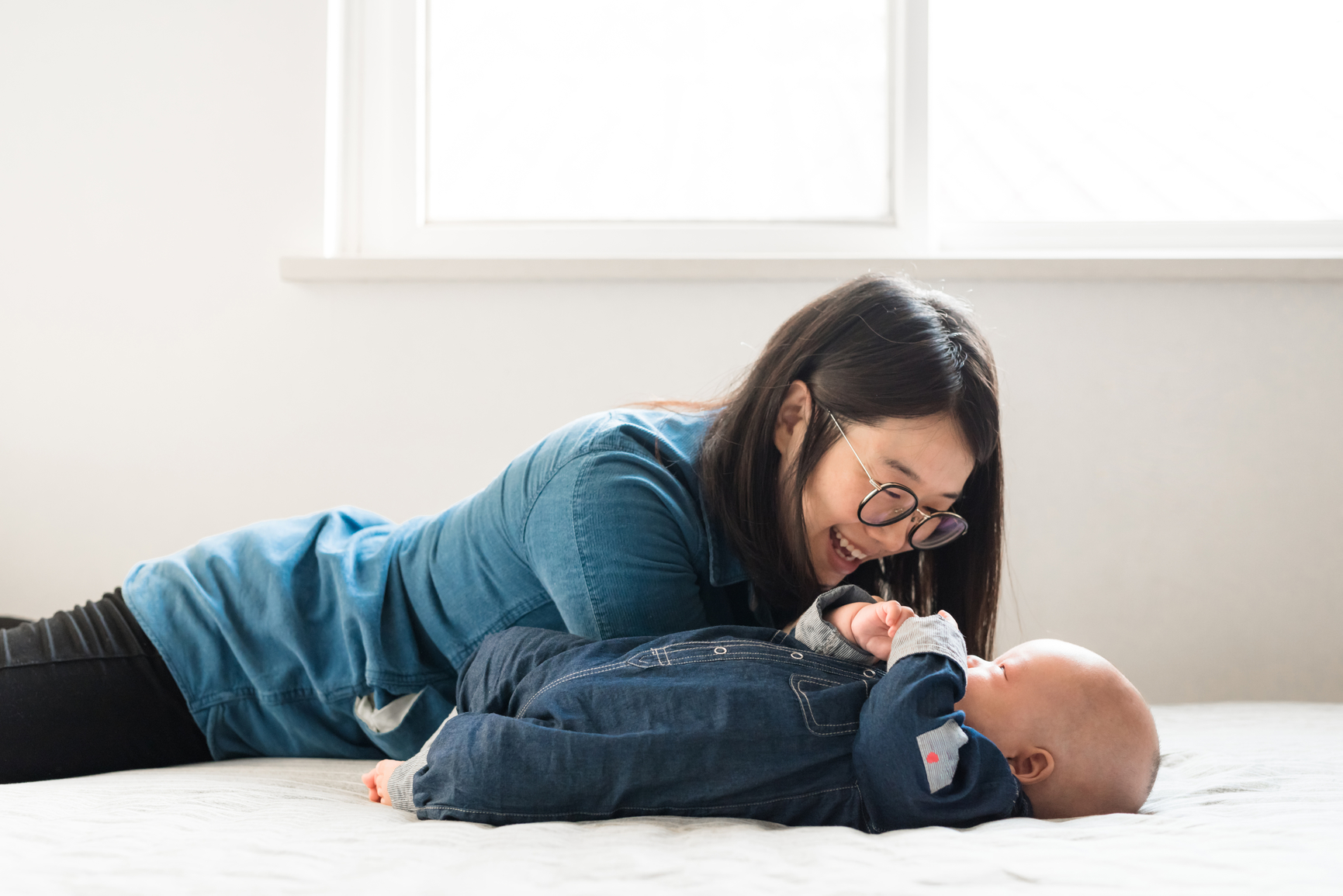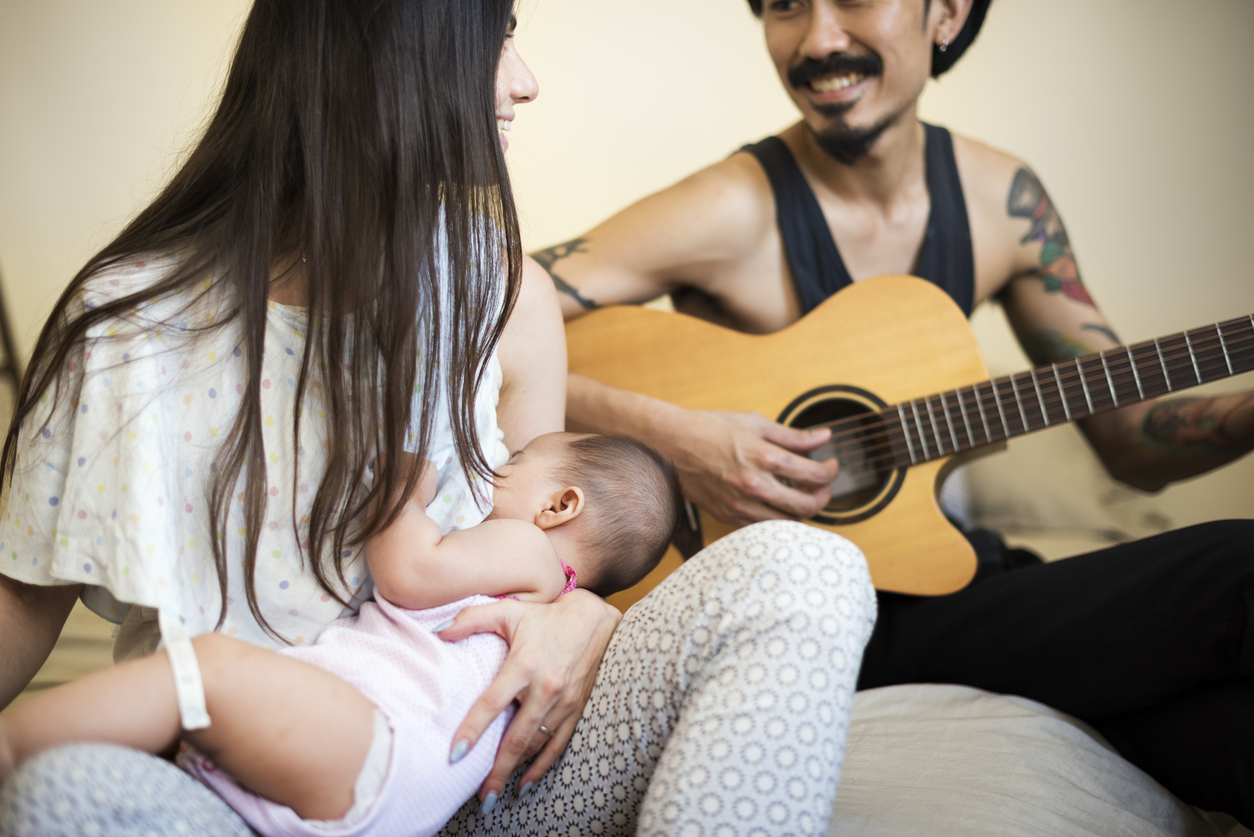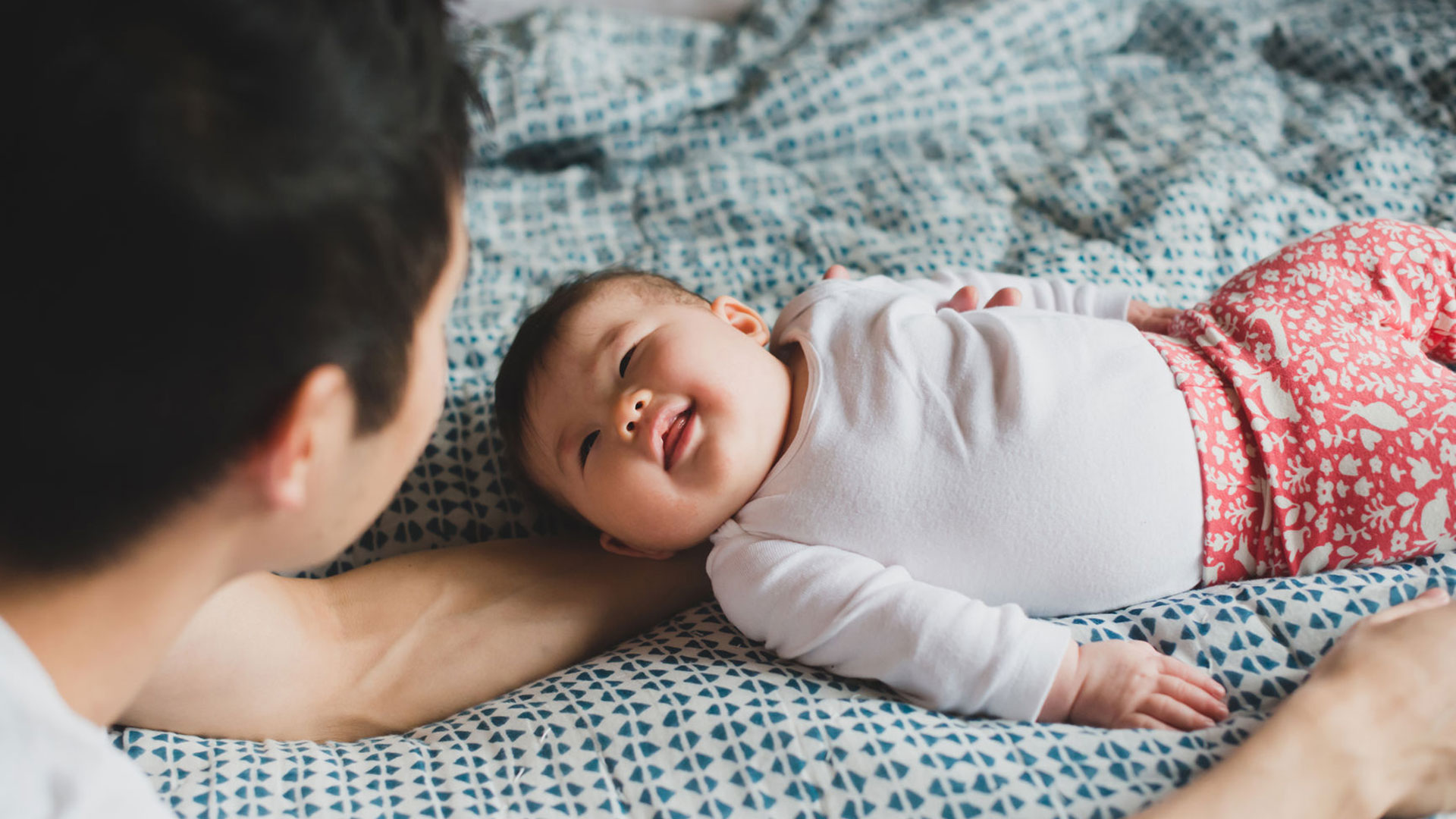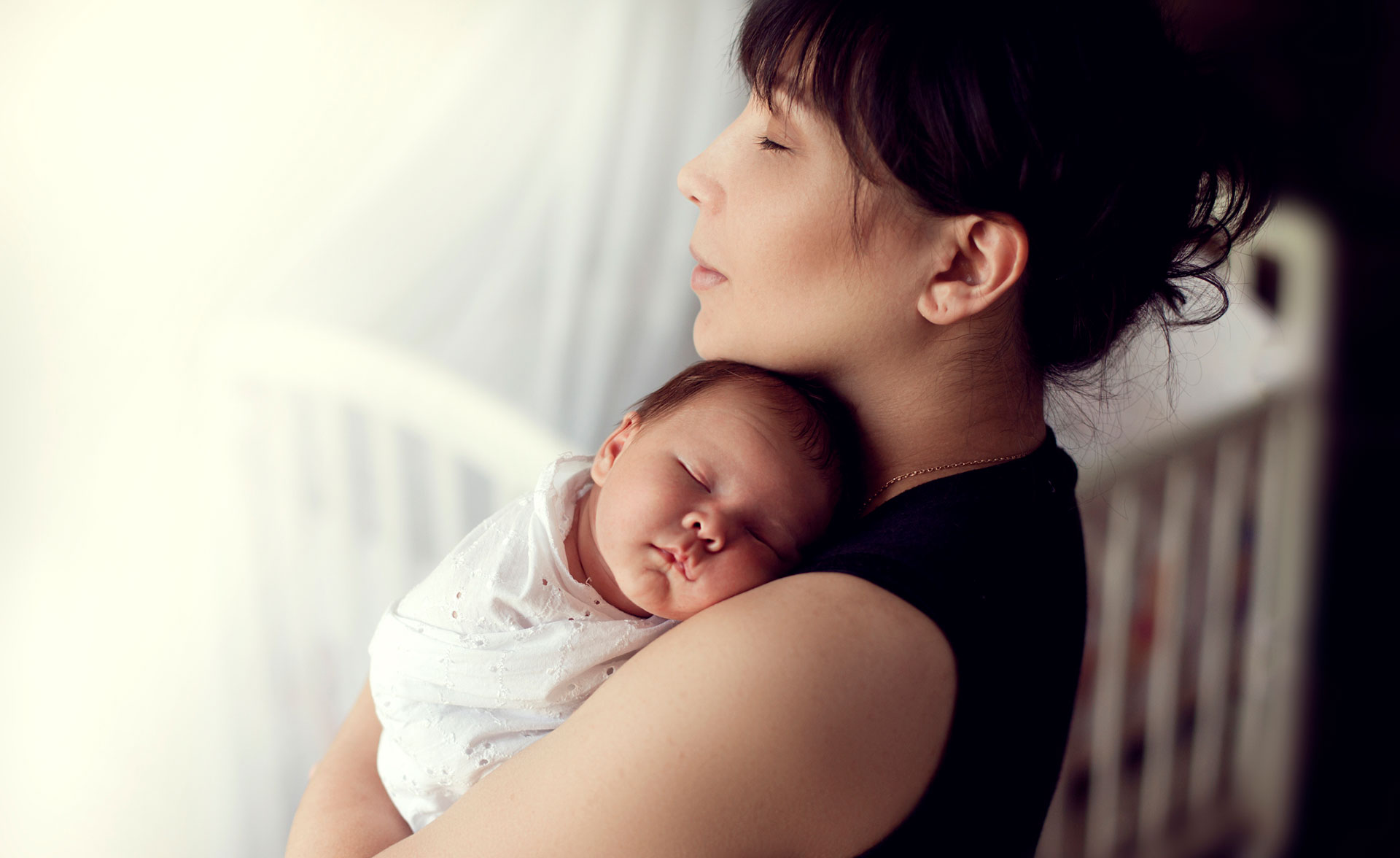-
The pace of a baby’s growth and development over their first year seems almost unbelievable, and before you know it, the time has come to introduce them to solid food.
Most babies are ready to start solids – sometimes called weaning – when they’re around six months old. At this time, the stores of nutrients they were born with start to wind down and their bodies need extra nourishment to keep up with their rapid growth.
"Good starter food ideas include soft sticks of fruit or cooked vegetables, toast ‘soldiers’, omelette strips or slow-cooked meat or poultry."
What is baby-led weaning?
Conventional weaning advice recommends parents start by spoon-feeding very soft, pureed food, and gradually introducing more complex textures over time. By six months old, however, most babies will have the skills needed to feed themselves, such as sitting up straight with minimal support, and being able to grasp objects and move them into their mouths.
Baby-led weaning (BLW) is an alternative approach by which babies are encouraged to learn by feeding themselves. Not only does this help with their dexterity, it’s also useful for developing the coordination needed to chew and swallow food.
What foods should you use?
In order to follow BLW, you need to make sure the food you offer your baby is safe and easy to handle. These are often referred to as ‘finger foods’ because they are given in long, fingershaped strips that allow babies to hold one end while eating the other.
Good starter food ideas include soft sticks of fruit or cooked vegetables, toast ‘soldiers’, omelette strips or slow-cooked meat or poultry.
Over time, babies can progress to smaller, more irregular shapes. By nine months most will have mastered a pincer grip that allows them to pick up small pieces of food between their thumb and forefinger.
The beauty of BLW is that it allows you to prepare one meal that the whole family can enjoy together. This is obviously convenient, but also lets your baby learn by observing others, showing them what is safe and appropriate to eat.
There’s no particular order foods should be introduced in, nor should you worry about only giving one food at a time to wait for a reaction. Food sensitivities such as allergies and intolerances are very rare in babies. The latest guidelines from The Australasian Society of Clinical Immunology and Allergy advise against avoiding particular foods, even known allergens such as peanuts, gluten, and dairy.
These early lessons are especially valuable for introducing your child to a wide and varied diet. Around their first birthday, babies’ adventurous spirit dampens a little, and toddlers may become fussy about what they will and won’t eat. The sooner you can introduce babies to wholesome family foods, the more accepting they will be as they enter this next phase.
What is baby-led weaning?
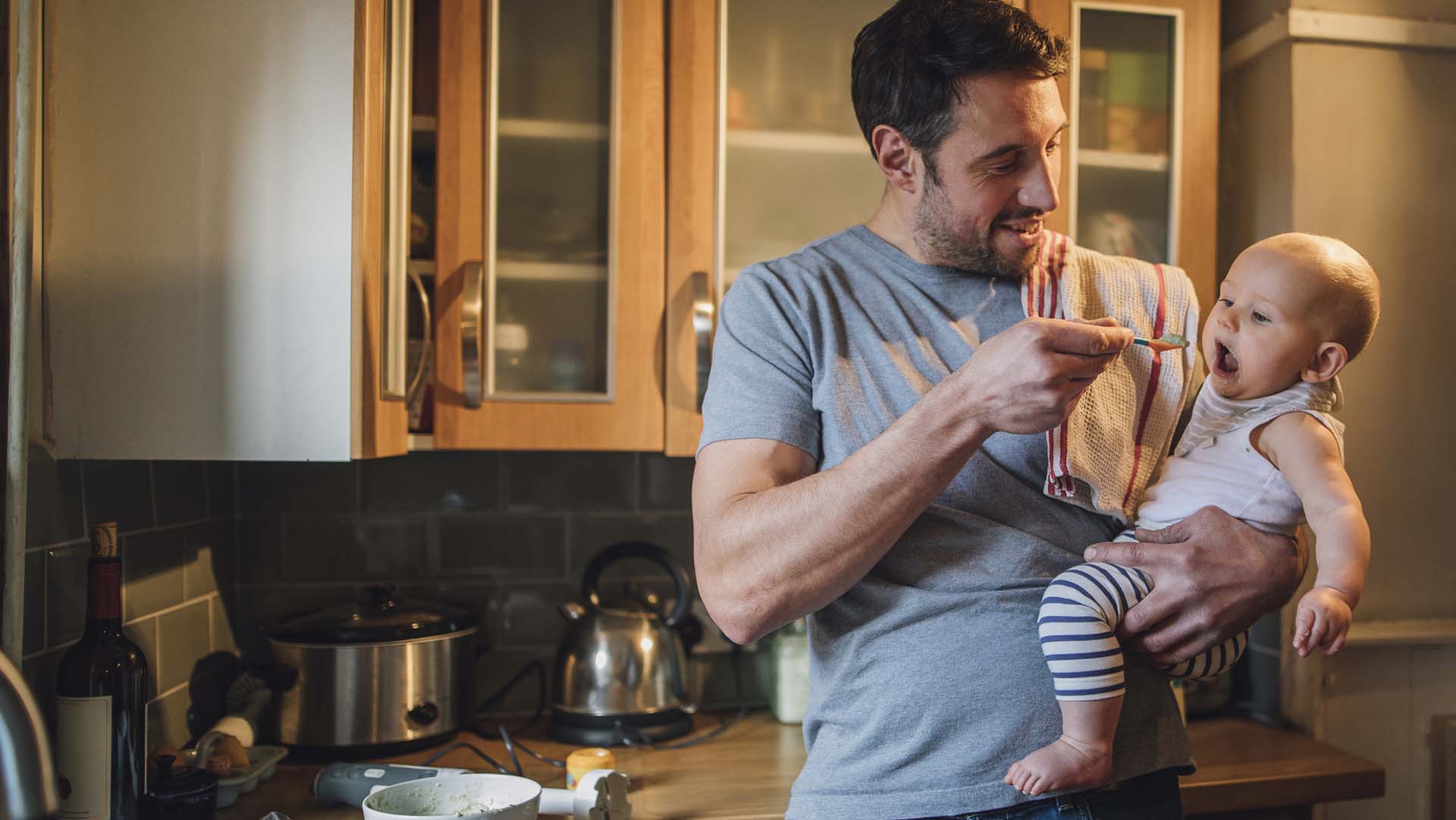
-
How to introduce allergy foods
A guide to weaning and allergies
-
Immunisation 101: everything you need to know
Make sure your baby is fully immunised
-
The partner’s guide to breastfeeding
How you can help with breastfeeding
-
Bringing home a new baby during a pandemic
Bringing home a new baby is an exciting yet challenging time.
-
Your new baby admin checklist
A simple guide to ticking off all the paperwork for your new baby.
-
Getting in a routine with your new baby
Paediatrician Professor Harriet Hiscock shares some advice for adjusting to life with your little one, from feeding to sleeping to checking in with yourself.
Subscribe to receive the best from Live Better every week. Healthy recipes, exercise tips and activities, offers and promotions – everything to help you eat, move and feel better.
By clicking sign up I understand and agree to Medibank's privacy policy
